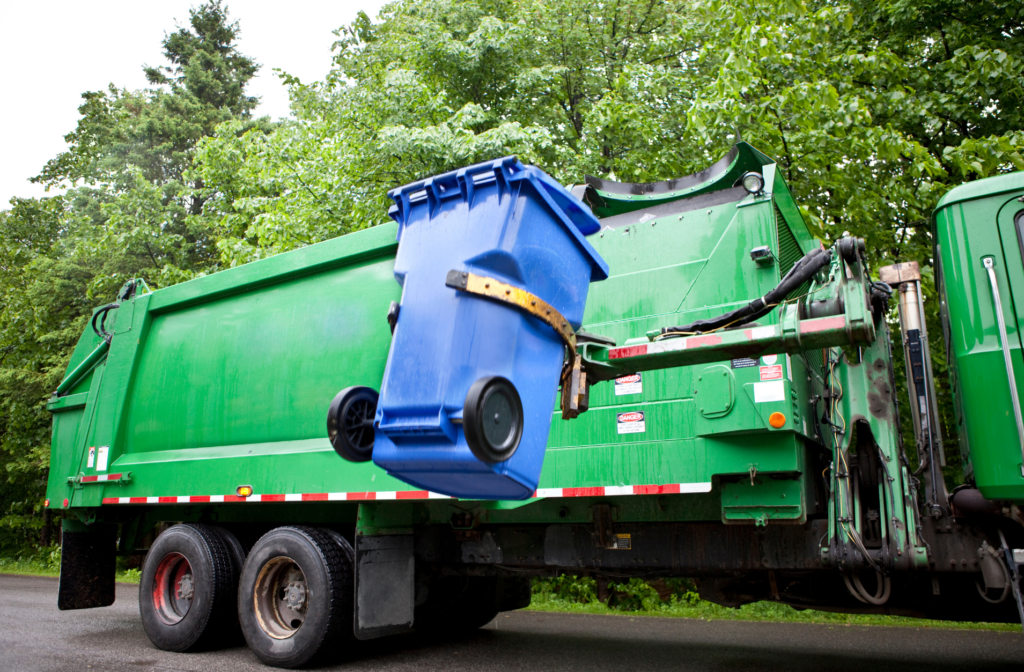Recycling Policy Platform
Building a Circular Economy
Through Effective Extended Producer Responsibility
Our Position
The consumer packaged goods industry owns its role in both the problem and solutions to the waste and recycling crisis.
The industry is taking a wide range of steps to innovate and redesign packaging to reduce environmental impact. We support investment in the development and enhancement of recycling systems — through extended producer responsibility (EPR) — to improve the capabilities that will build a more circular economy. Our industry’s commitment must be shared across the entire value chain and dedicated to clear principles of success.
Fix the system.
Improve the underlying recycling system to deliver strong environmental outcomes, not simply layer additional funds on to an existing system.
Fund only recycling.
Dedicate new funds raised for recycling improvements solely to recycling, not to government general funds or unnecessary administrative costs.
Base on data.
Be based on accurate data and science, including a needs assessment with clear financial and performance targets over a specified period.
Account for materials.
Apply to and account for a range of material types in the waste stream.
Source variety of funding.
Include more than one source of funding, which should be additive and target specific challenges in the recycling value chain. No single funding source should replace or supplant other funding sources.
Embrace PRO.
Allow for an industry-funded and -run producer responsibility organization (PRO) to assess fees on packaging and determine where/how those funds are spent and manage the system, if applicable.
Promote uniformity.
Standardize recycling programs across a state, region or nationally.
Bring everyone to the table.
Develop a system with measured input from a wide array of stakeholders, including state, local and federal government, packaging suppliers, the consumer goods industry and the waste and recycling industry.
Creating a Circular Economy Requires the Full Value Chain
A truly circular economy can be created if a clearly defined group of stakeholders across the packaging value chain establishes clear goals and accepts accountability for their respective roles in improving recycling infrastructure and achieving increased recycling rates. Those roles are:

Packaging Manufacturers and Suppliers
1. Improve availability of economically viable packaging with significantly more recycled content or feasible recyclability that meets CPG industry’s strict quality and performance standards.
2. Address the significant price disparity between recycled and virgin plastic resin.

Consumer Goods Industry
1. Improve packaging design to reduce environmental footprint, including source-reduction, increased post-consumer recycled content where regulations allow, fully recyclable or compostable and reusable/refillable.
2. Financially contribute to improve and advance the U.S. recycling system so that more types of packaging are recycled.
3. Enhance consumer education by providing clear information about how to recycle or properly dispose of packaging where harmonization exists.

Waste and Recycling Community
1. Standardize, track and report key metrics on program performance to state and/or federal governments to meet recycling and waste-to-landfill reduction targets.
2. Collaborate with all levels of government for harmonization of recycling systems.
3. Maximize existing infrastructure capacity.
4. Invest in 21st century technology to process more types of packaging.
5. Explore ways to facilitate the influx of compostable material into the system.

Federal Government
1. Create national, standardized definitions of common terms, including “recyclable.”
2. Provide funds to improve and advance recycling infrastructure.
3. Require, collect and regularly report on standardized data from states on key metrics to track effectiveness and gaps in the current system(s).
4. Update federal procurement guidelines regarding products with recycled content and increase purchasing of those products.

State and Local Governments
1. Use commonly accepted, national definitions of key terms, including “recyclable.”
2. Collect and report program performance data to PRO and federal government.
3. Harmonize, or assist a PRO in harmonizing, recycling programs across a state to help achieve economies of scale and reduce consumer confusion.
4. Provide funds for recycling programs and operations and, where appropriate, use financial tools to incentivize recycling and improve programs.
5. Increase landfill tipping fees in relevant locations to address significant price disparities between landfilling and recycling packaging.
6. Use consumer education best practices to encourage recycling participation and reduce contamination rates.
Recycling Policy Platform
With unprecedented commitments to improving the design of packaging — from source reduction, to fully recyclable or compostable design, to using recycled content — the CPG industry is packaging with the planet in mind to reduce our footprint. Our recommended approach will help achieve America’s recycling future and create the system the U.S. needs.
